Aston Martin Cygnet

Two years after Aston Martin's shock announcement of its first ever foray into low emission, ultra-compact city car design, the Cygnet has finally surfaced. Cygnet was always a bold move for a company associated almost exclusively with luxury sports cars and the concept kicked up plenty of fuss. Throughout the development programme the dust never really settled and cynics and critics have spent the intervening time lamenting both the need for and the execution of the Cygnet programme.
To their credit, Aston Martin held their nerve and forged ahead. The gamble seems to have paid off - if the reaction to the car was as positive as what we experienced in London a couple of weeks ago, the Cygnet will be extremely successful. Admittedly, we have a vested interest in this particular model, for Aston Martin came together with Tom Dixon to create their own take on the bespoke city runaround for Wallpaper's 2011 handmade exhibition in Milan in April. But take the car out of the gallery and does it still make sense?
At the Cygnet's London launch, it swiftly became clear that a busy urban environment was not going to be a problem. Wallpaper* took the option of hacking across town in a Mercedes SLS AMG, a flawed but brilliant supercar GT that was a frankly unhappy place to be in heavy traffic. Edging along traffic-snarled roads, its width and snappiness counted heavily against it - Aston's own DBS, Virage and Rapide models have similar downsides in the city.
Enter the Cygnet. The theory was always that existing Aston owners would snap up this diminutive and highly bespoke reworking of Toyota's award-winning IQ. It's a functional trinket for downsizing supercar owners, rather than an easy route to Aston Martin ownership for anyone else. In look, feel and form, the Cygnet works best as a foil to one of its lengthier, lower and swifter older siblings; it's essentially a compact chip off the old block.
The car's genius is in its packaging, which squashes three functional seats into a sub three-metre length, with a fourth seat at a pinch and plenty of luggage space. That tricksy interior is now fully hand-stitched in supple leather of your choice, with a neat Garmin satnav helping you make the most of sudden opportunities.
It came in handy. Aston Martin presented us with a route that was essentially proof of concept, taking the Cygnet through a thicket of roadworks, bomb threats, snarl ups, dead ends, street closures, dense herds of oblivious tourists and stuck lorries, all in a typical day's confusion for London traffic - or Paris, Milan, Berlin or Madrid, for that matter. Throughout this ordeal we were cooled and cosseted, and never flustered by the thoughts of a 20-inch alloy catching a kerb or a tight squeeze down past a delivery van. The Cygnet's fuel gauge never dipped below full and the speedometer was entirely irrelevant. Despite this, there's plenty of pep in the Cygnet's step and the short and wide wheelbase made turning comically crisp and easy.
Meanwhile, the Dixon car acted a bit like Carroll's White Rabbit, darting hither and thither throughout the day - its distinctive orange hue flashing in the corner of the eye. At times, our pre-planned route felt almost like a promotional trip for the small fleet of Cygnets out on media duties. As we drove through the prosperous streets of the car's potential heartlands in Chelsea, Knightsbridge, St Johns Wood, Mayfair, the City and Notting Hill, the car turned many heads and received approving comments. Although we suspect the purists will never be convinced, the Cygnet is smart, sensible and fun. You might lose a few hundred horsepower over a regular Aston Martin, but you'll gain a whole load of freedom.
Receive our daily digest of inspiration, escapism and design stories from around the world direct to your inbox.

For this particular model, Aston Martin came together with Tom Dixon to create their own take on the bespoke city runaround for Wallpaper's 2011 handmade exhibition in Milan in April
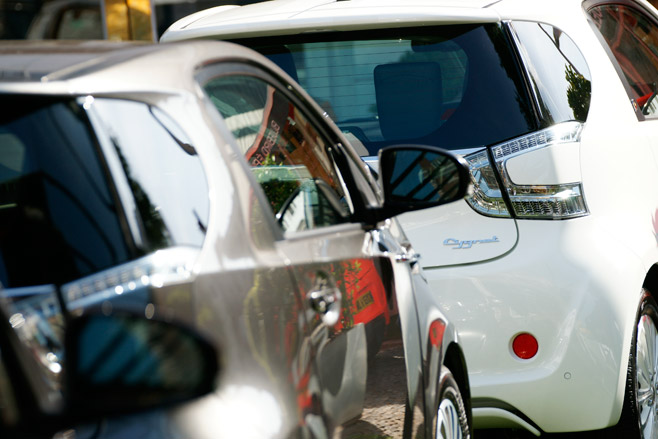
A functional trinket for downsizing supercar owners, rather than an easy route to Aston Martin ownership for anyone else...
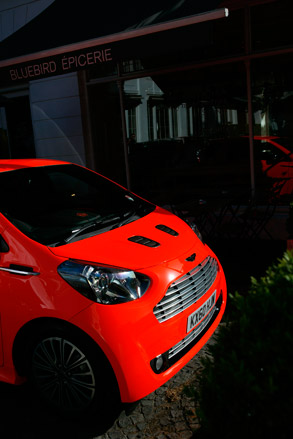
... the theory for the Cygnet was always that existing Aston owners would snap up this diminutive and highly bespoke reworking of Toyota's award-winning IQ
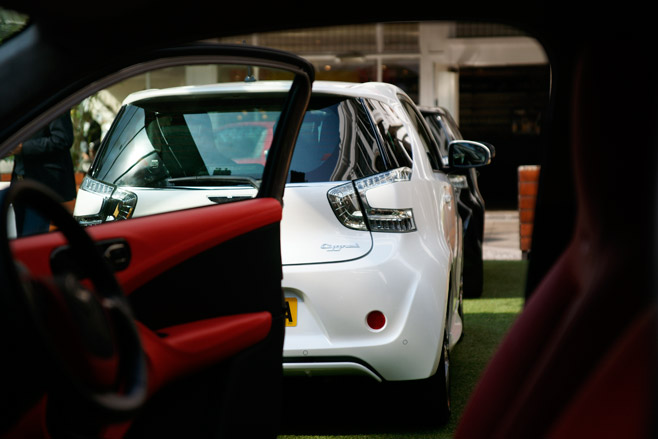
The car's genius is in its packaging, which squashes three functional seats into a sub three-metre length, with a fourth seat at a pinch and plenty of luggage space
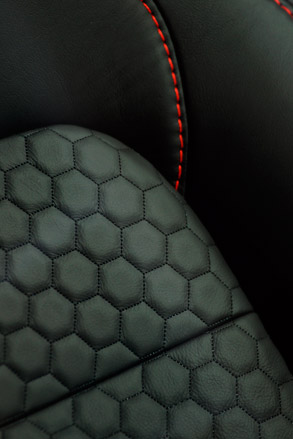
That tricksy interior is now fully hand-stitched in supple leather of your choice, with a neat Garmin satnav helping you make the most of sudden opportunities.
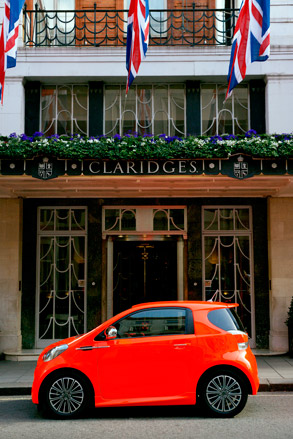
What is lost in a few hundred horsepower over a regular Aston Martin is gained in a whole load of freedom through the Cygnet's smart, sensible design...
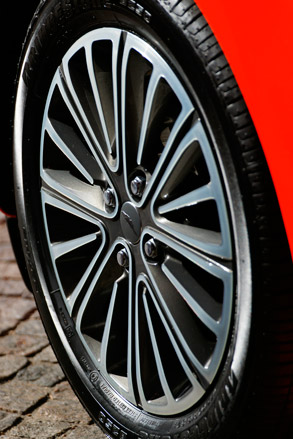
... The car's short and wide wheelbase for instance, makes turning comically crisp and easy





Jonathan Bell has written for Wallpaper* magazine since 1999, covering everything from architecture and transport design to books, tech and graphic design. He is now the magazine’s Transport and Technology Editor. Jonathan has written and edited 15 books, including Concept Car Design, 21st Century House, and The New Modern House. He is also the host of Wallpaper’s first podcast.
-
 How Charles and Ray Eames combined problem solving with humour and playfulness to create some of the most enduring furniture designs of modern times
How Charles and Ray Eames combined problem solving with humour and playfulness to create some of the most enduring furniture designs of modern timesEverything you need to know about Charles and Ray Eames, the American design giants who revolutionised the concept of design for everyday life with humour and integrity
-
 Why are the most memorable watch designers increasingly from outside the industry?
Why are the most memorable watch designers increasingly from outside the industry?Many of the most striking and influential watches of the 21st century have been designed by those outside of the industry’s mainstream. Is it only through the hiring of external designers that watch aesthetics really move on?
-
 This Fukasawa house is a contemporary take on the traditional wooden architecture of Japan
This Fukasawa house is a contemporary take on the traditional wooden architecture of JapanDesigned by MIDW, a house nestled in the south-west Tokyo district features contrasting spaces united by the calming rhythm of structural timber beams
-
 Aston Martin goes goth, ramping up power, poise and dark glamour with the new Vantage S
Aston Martin goes goth, ramping up power, poise and dark glamour with the new Vantage SThese moody images mark the debut of the latest model out of Gaydon, the dynamically focused Aston Martin Vantage S
-
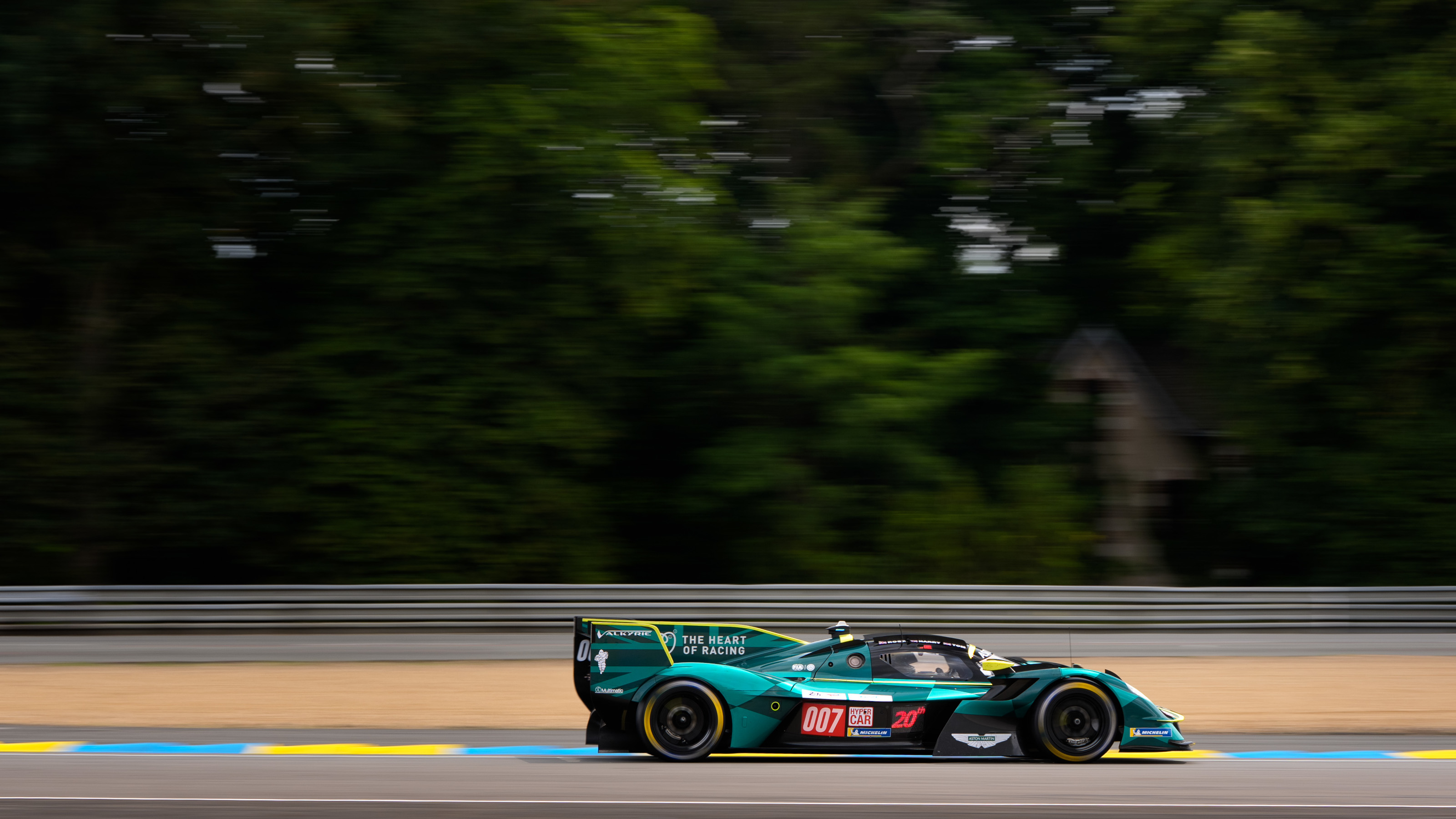 The Valkyrie returns Aston Martin to top-level Le Mans competition
The Valkyrie returns Aston Martin to top-level Le Mans competitionWallpaper* went trackside to witness the Aston Martin Valkyrie's impressive showing at the 24 Hours of Le Mans 2025
-
 Aston Martin reveals first ever racing variant of its extreme Valkyrie hypercar
Aston Martin reveals first ever racing variant of its extreme Valkyrie hypercarAiming to conquer Le Mans, as well as other endurance races around the world, Aston Martin and The Heart of Racing unveil the track-focused Valkyrie WEC and IMSA challenger
-
 The new Aston Martin Vantage Roadster gives you an elemental experience
The new Aston Martin Vantage Roadster gives you an elemental experienceEvery statistic about the new Vantage Roadster screams speed; this is a convertible for those in a hurry and unafraid to make a noise about it
-
 Raise your horns: Aston Martin’s Valhalla blends race-car dynamics and high-tech craft
Raise your horns: Aston Martin’s Valhalla blends race-car dynamics and high-tech craftValhalla is the first ever mid-engine series production Aston Martin, a hybrid V8 limited to 999 units
-
 Aston Martin bring the Midas touch to their super tourer with the DB12 Goldfinger Edition
Aston Martin bring the Midas touch to their super tourer with the DB12 Goldfinger EditionReleased in honour of the sixtieth anniversary of the iconic James Bond film, Aston Martin has gone all out to the DB12 Goldfinger Edition a worthy collector’s item for high rolling film fans
-
 The new V12-powered Aston Martin Vanquish arrives to conquer the world of luxury GT cars
The new V12-powered Aston Martin Vanquish arrives to conquer the world of luxury GT carsThe luxury British marque’s new Vanquish flagship is absolutely, positively, definitely, its final flirtation with V12 power. Or is it?
-
 Could a car be any more muscular? Aston Martin unleashes the bold and brutalist Valiant
Could a car be any more muscular? Aston Martin unleashes the bold and brutalist ValiantEquipped with a V12 engine, manual gearbox and chiselled bodywork, the limited-edition Aston Martin Valiant is the company’s most extreme front-engined road car to date